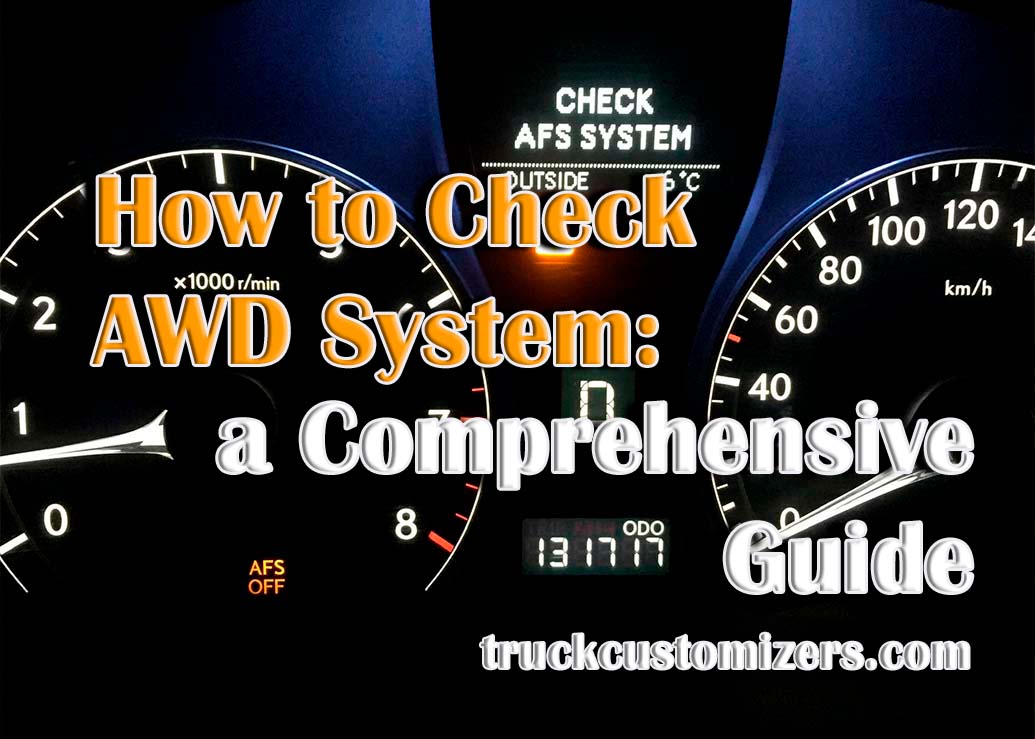Not actual mileage (NAM) occurs when the odometer on a vehicle has been changed or tampered with, resulting in the inaccurate display of the vehicle’s true mileage amount. NAM usually happens as a result of either intentional vehicle tampering or a malfunctioning odometer, both of which can have serious consequences for the safety and usability of a vehicle.
Reasons for Not Actual Mileage in Used Cars
There are several reasons why not actual mileage may be an issue in used cars. In some cases, it may be because the owner has tampered with the vehicle’s odometer to artificially inflate its value by making it appear as though the car has less mileage than it actually does. In other instances, not actual mileage could be caused by mechanical or electronic malfunctions within the car’s odometer or dashboard display systems.

Potential Issues with Not Actual Mileage in Used Cars
Not actual mileage can cause a number of problems for potential used car buyers if left unchecked. If a car appears to have fewer miles on its odometer than it actually does, this could mean that important wear and tear maintenance issues like belt replacements and oil changes were skipped over at critical intervals throughout the vehicle’s life span. Additionally, lower readings on an odometer can also make a used car appear to have more value than is really warranted due to its age and condition – leading to buyer’s remorse down the line.
Steps to Avoid Problems Related to Not Actual Mileage
When shopping for a used car, it is important to take steps to make sure you’re not dealing with a vehicle displaying not actual mileage. The most important step is to have the vehicle inspected by an experienced and licensed mechanic prior to purchasing it. This will provide an independent assessment of the car’s condition, as well as its true mileage level based on wear and tear that can be seen on mechanical parts such as hoses and belts. Additionally, buyers should also ask for the vehicle’s service records from previous owners or dealerships in order to get an accurate picture of its maintenance history and total miles driven. Finally, if possible, buyers should also check public records for any reported incidents involving odometer tampering in their area before making a purchase decision.
By taking these steps and understanding what not actual mileage is and how it affects used cars, potential buyers can make informed decisions when buying a used car – ensuring they get the best value without sacrificing safety or quality.



